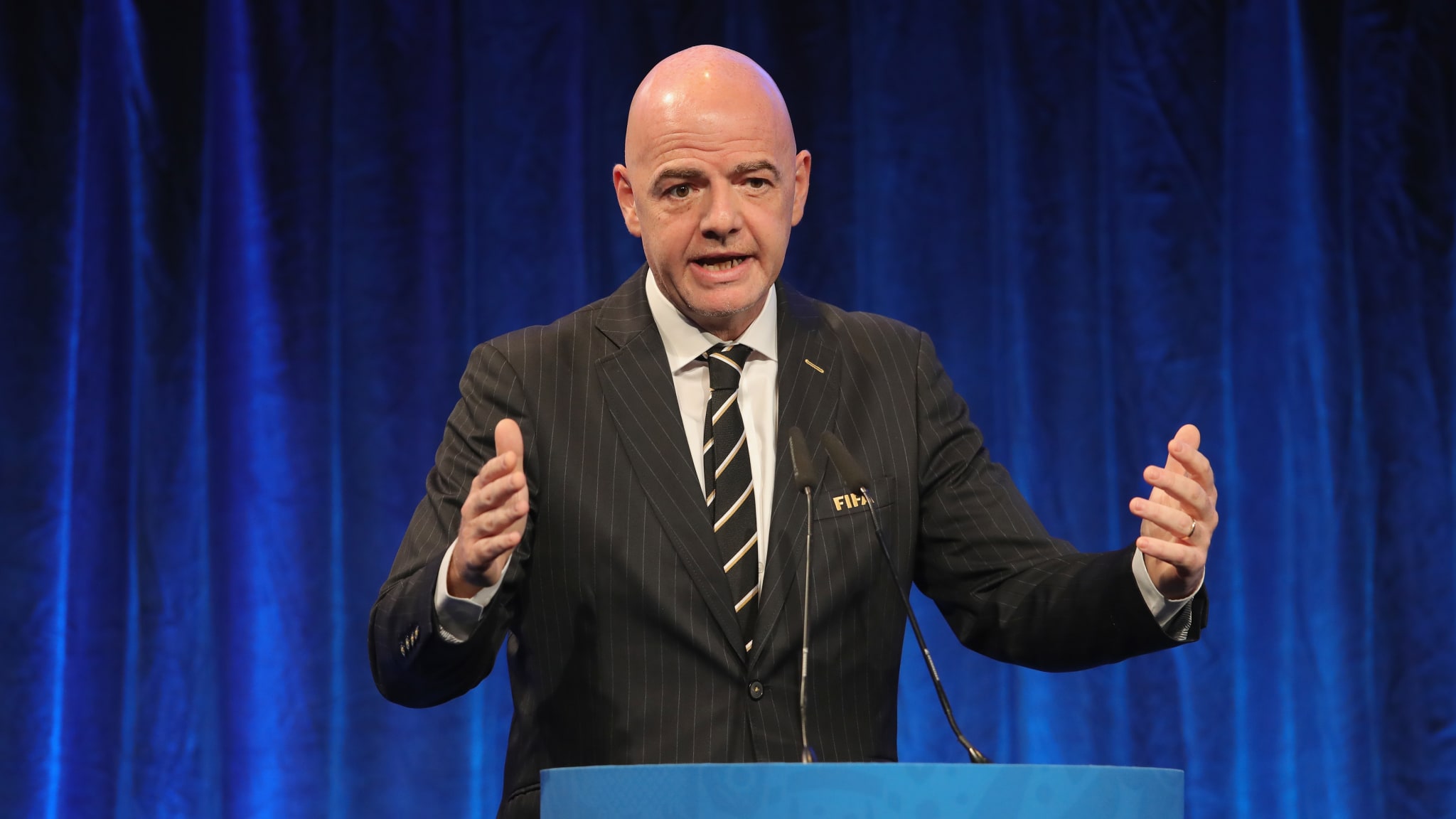By Andrew Warshaw
March 12 – They are number six and number eight, respectively, on an 11-point agenda but will they come to a conclusion? Gianni’s Infantino’s $25 billion pet project to change the face of competitive football by revamping the Club World Cup and Nations League will be put to the 37 members of the governing FIFA Council in Miami on Friday, along with the idea of expanding the Qatar World Cup to 48 teams.
Speculation is increasing that both will be put on hold until the FIFA Congress in June but while little is being given away in the build-up to the Miami summit in terms of the money men behind the global competition revamp, leaked details have provided an insight into FIFA’s thinking – flawed though it might be – for the 2022 World Cup to comprise an additional 16 teams.
In recent months debate on the subject has focussed on FIFA’s feasibility study set up last year into the merits of fast-tracking the start of World Cup expansion from 2026 to 2022.
According to The Associated Press, the study has concluded the tournament can expand only by sharing with “one or more” of Qatar’s neighbours and that an additional $400 million in revenue could be generated.
FIFA has apparently identified five possible sharing countries: Bahrain, Kuwait, Oman, Saudi Arabia and the United Arab Emirates.
The problem with that, as has been widely reported for months, is that three of them are involved in the ongoing diplomatic and trade boycott of Qatar.
“As it currently stands, the nature of Bahrain, Saudi Arabia and the UAE’s relations with Qatar is such that it would be challenging to organise a co-hosted tournament between Qatar and one or more of these countries,” the leaked report is said to state.
“Candidate co-hosts would need to be regarded as sufficiently cooperative. Such co-hosts would not sanction or boycott economically or otherwise any other potential co-host country, including the main host, Qatar.”
Gianni Infantino, the driving force behind 2022 expansion, hopes the Council will approve the plan in principle. But suddenly changing the hosting guidelines would call into question its legality given that Qatar won the right to stage the tournament on its own.
In terms of fitting in all the matches, the feasibility study reportedly says that an enlarged tournament could still be played in a 28-day window from November 21 to December 18 – the first ever winter World Cup – with six separate kickoff slots early in the tournament to cope with the additional teams.
The big issue here is the actually the number of rest days between the group stages and the knock-out rounds which coaches from the Russia 2018 have said should remain unchanged. FIFA is looking to ignore this circumvent this preference in order to squeeze the expanded competition in.
“Implementing this format under the reduced tournament duration of 28 days would require some adjustments to aspects of the match schedule, such as the number of rest days for teams and venues,” reads the FIFA study. “However, these adjustments are consistent with the principles observed at confederation competitions or in the top leagues around the world. Furthermore, based on its analysis, FIFA believes that the challenges can be sufficiently mitigated, including by increasing the number of venues and matches per day.”
The feasibility study suggested that the expansion to 48 finalists could generate a potential extra $400 million in revenue, broken down in $121.8 million from TV rights, $158.4 million in sponsorship, $89.9 million in ticket sales, $20 million in hospitality packages and $10 million from licensing agreements.
Contact the writer of this story at moc.l1713487316labto1713487316ofdlr1713487316owedi1713487316sni@w1713487316ahsra1713487316w.wer1713487316dna1713487316. Extra reporting by Samindra Kunti.

